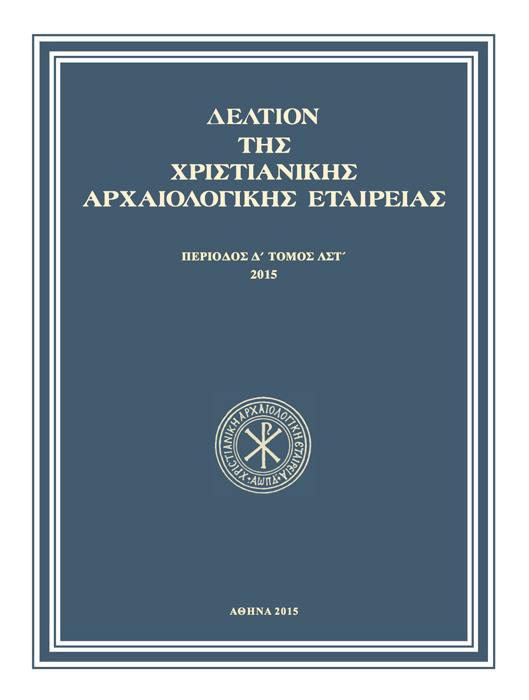Scenes of the "Sourches of Divine Wisdom" within the Iconographical Program of the Church of the Savior in the Monastery of Euphrosynia, Polotsk (Belarus)

Abstract
Two recently-recovered frescoes in the Transfiguration church of the monastery of Euphrosynia in Polotsk, Belarus, depict scenes of transition of Divine Wisdom to bishop Saints. These frescoes, which feature Saint John Chrysostom and Saint Gregory of Nazianzos or the Theologian, represent the earliest surviving examples of the inclusion of this theme in church fresco decoration. The compositions possess multiple layers of meaning: besides being part of the multi-figure program depicting monks, they symbolize the sources of eternal life – something perfectly in tune with the main function of the church as the burial chapel of the princess Eu- phrosynia and her family during the mid-12th century (ca. 1161).
Article Details
- How to Cite
-
SARABIANOV, †Vladimir D. (2016). Scenes of the "Sourches of Divine Wisdom" within the Iconographical Program of the Church of the Savior in the Monastery of Euphrosynia, Polotsk (Belarus). Deltion of the Christian Archaeological Society, 36, 49–64. https://doi.org/10.12681/dchae.1773
- Section
- Articles

This work is licensed under a Creative Commons Attribution-NonCommercial-ShareAlike 4.0 International License.
The copyright for articles in the journal Deltion of the Christian Archaeological Society (henceforth Deltion) is retained by the author(s), with first publication rights granted to the journal and to EIE/ EKT the right to store and communicate these articles to the public via its information infrastructures. By virtue of their appearance in this journal, articles are free to use with proper attribution for non-commercial uses under a ShareAlike obligation. The Christian Archaeological Society and EIE/EKT retain the worldwide right to reproduce, display, distribute, and use articles published in the Deltion in all formats and media, either separately or as part of collective works for the full term of copyright. This includes but is not limited to the right to publish articles in an issue of the Journal, copy and distribute individual reprints of the articles, authorize reproduction of articles in their entirety in another publication of the Christian Archaeological Society, and authorize reproduction and distribution of articles or abstracts thereof by means of computerized retrieval systems.


